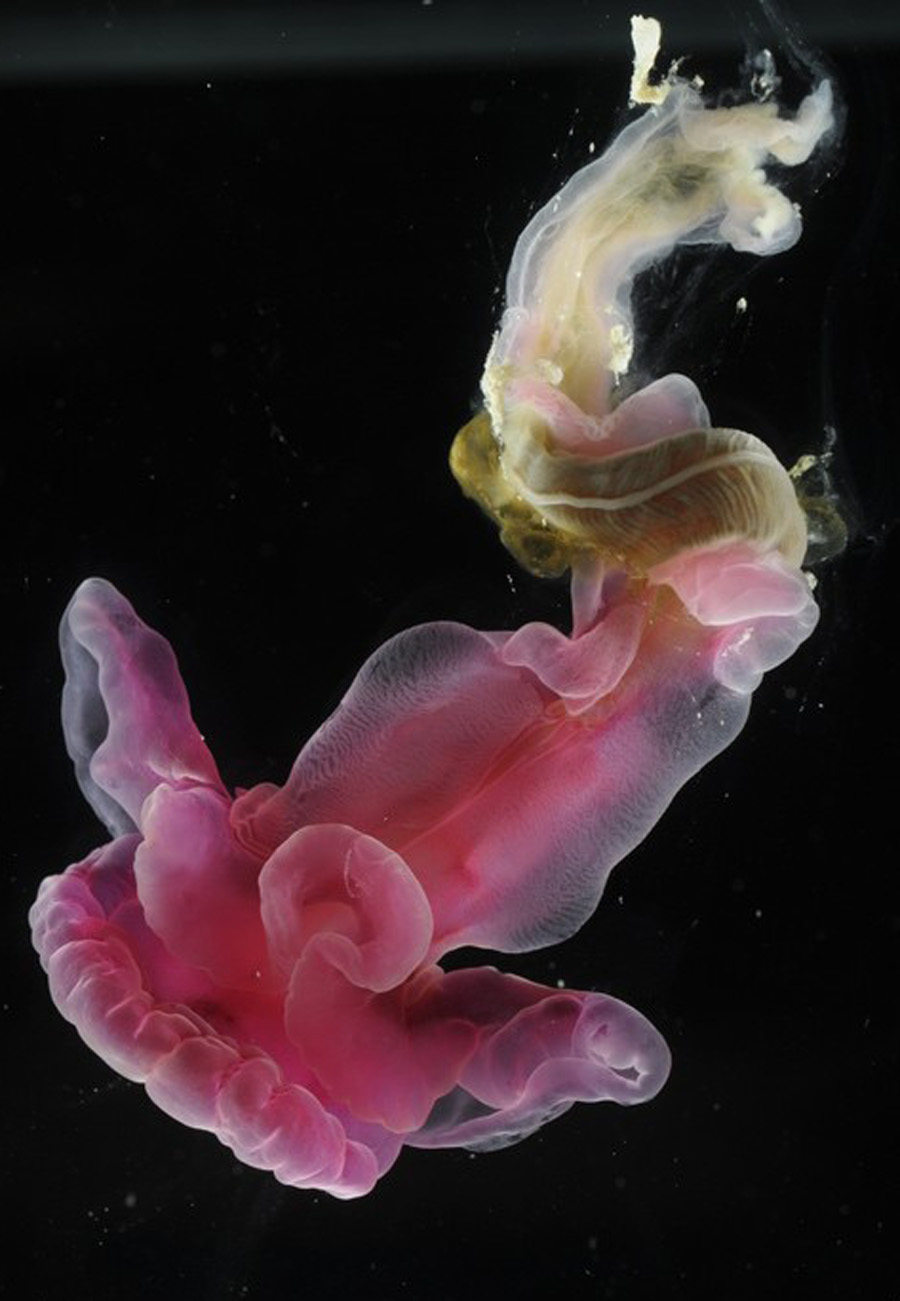

(Chris Cameron/University of Montreal)Ĭameron recognized the fossil animal right away. The fossil appears to represent a missing link between acorn worms and pterobranchs such as the one above, which has tentacles, lives in colonies, and builds a tube to live in. Thousands of specimens - 3,000 at the Royal Ontario Museum alone - sat in drawers at museums for decades, awaiting study. But they were never described or identified. "But this one is actually remarkably similar to modern form."Ĭaron led the research identifying the animal, which was published Wednesday online in the journal Nature.Ĭaron said fossils of the animal were first collected by Charles Walcott, the American paleontologist who discovered the Burgess Shale in 1909. "We often look at the Burgess fossils as odd and bizarre … there actually are some very strange creatures in the Burgess Shale," said Jean-Bernard Caron, a paleontologist at the Royal Ontario Museum in Toronto, in an interview. Many of those represent animals whose descendants have either long been extinct or have undergone 500 million years of drastic change through the process of evolution. That makes the fossil animal, named Spartobranchus tenuis, unusual among the Burgess Shale fossils. It turns out that the fossils belonged to animals that lived 505 million years ago, but that are almost identical to acorn worms, which still live on seashores around the world, including Canada's East, West and Arctic coasts. While prehistoric animals of diverse shapes and sizes arose and then went extinct over hundreds of millions of years, one beach-dwelling sea creature has stubbornly stayed the same - maintaining almost exactly the same phallus-shaped form from the time of the trilobites through the rise and fall of the dinosaurs to the present day.Ĭanadian and British researchers have finally identified a type of common fossil from the Burgess Shale fossil beds of B.C.'s Yoho National Park that had puzzled paleontologists for a century. (Jean-Bertrand Caron/Royal Ontario Museum)

Spartobranchus tenuis lived about 505 million years ago, and its fossils are commonly found in the Burgess Shale fossil beds of Yoho National Park.


 0 kommentar(er)
0 kommentar(er)
